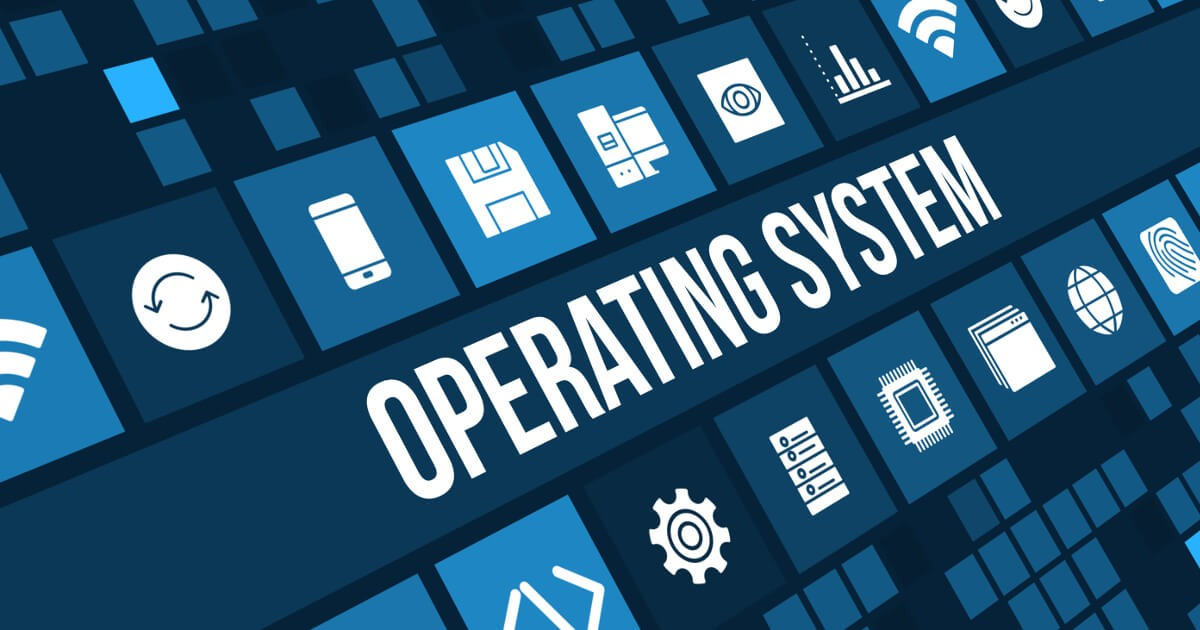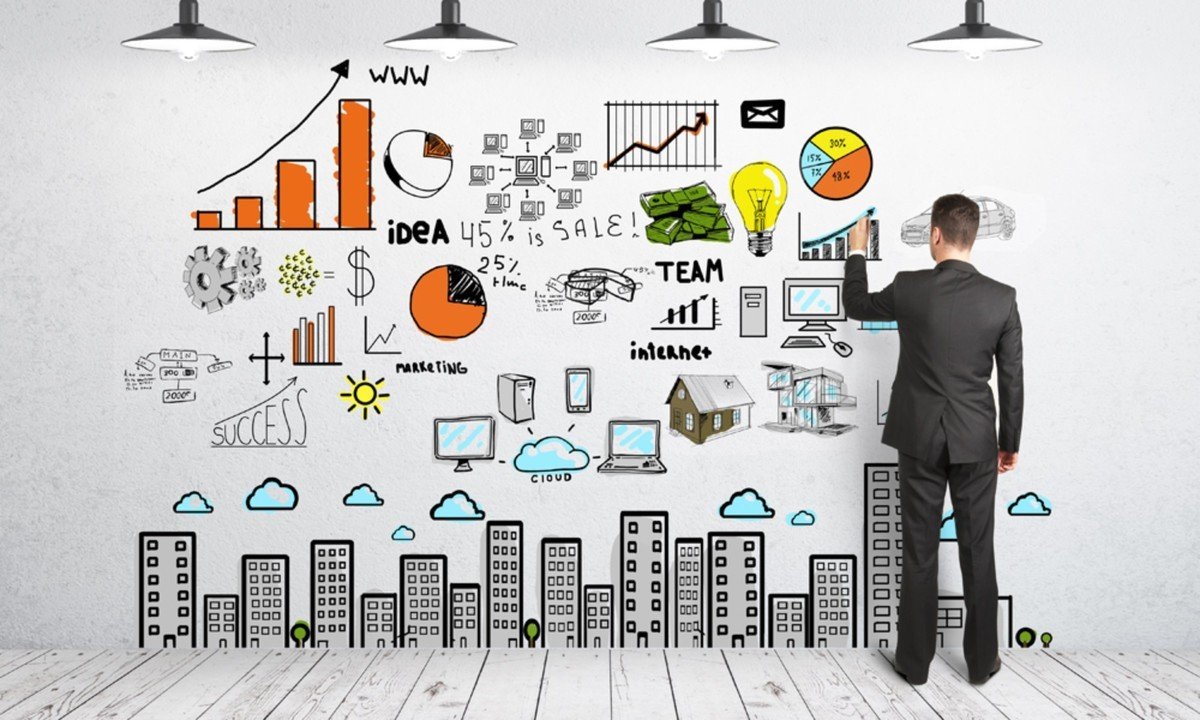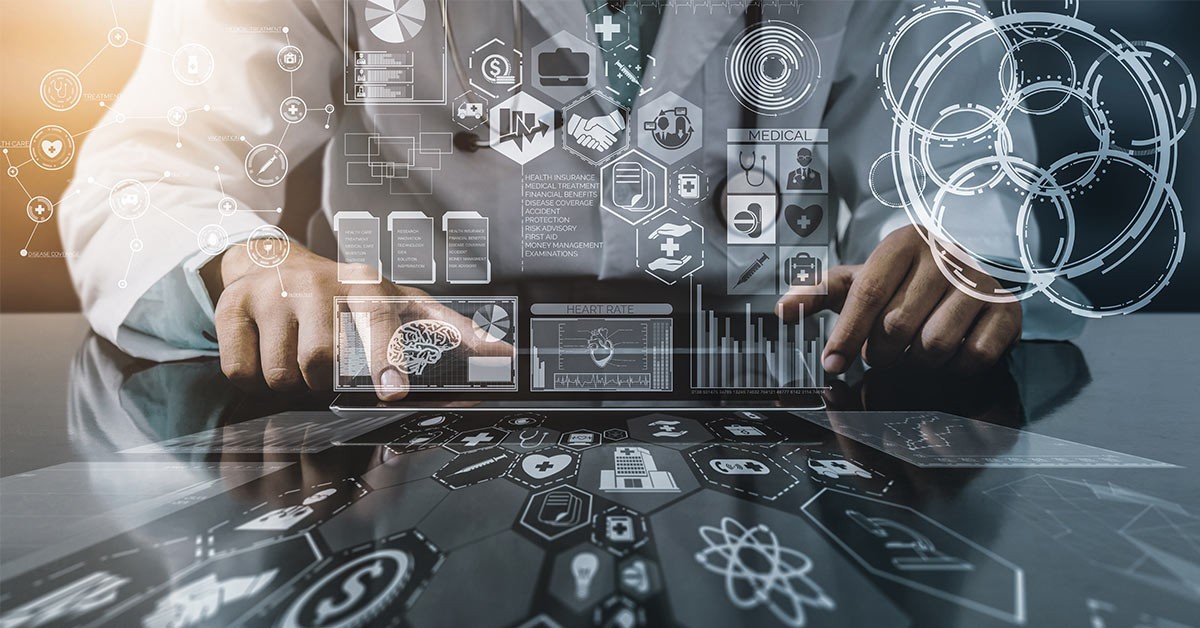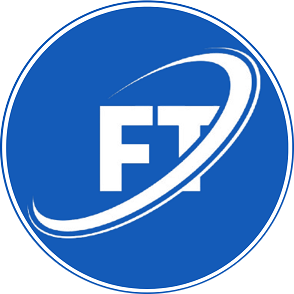Step-by-Step Description of Computer Operating Systems (OS)

1. What Is an Operating System?
An Operating System (OS) is a system software that acts as an intermediary between a computer's hardware and the user or application programs.
It controls:
-
Hardware components (CPU, memory, disk, etc.)
-
Software execution
-
User interface
Examples: Windows, macOS, Linux, Android, iOS.
2. Booting the OS (Startup Process)
When you power on your computer:
-
BIOS/UEFI runs (Basic Input/Output System or Unified Extensible Firmware Interface).
-
BIOS/UEFI loads the bootloader from disk.
-
The bootloader loads the kernel (core part of the OS) into memory.
-
Kernel initializes hardware, sets up memory, and starts system processes.
3. Major Functions of an Operating System
a. Process Management
-
Handles creating, scheduling, and terminating processes (running programs).
-
Ensures efficient use of CPU and prevents conflicts.
b. Memory Management
-
Allocates and manages RAM for active processes.
-
Handles virtual memory (swap files, paging).
c. File System Management
-
Organizes data in files and directories.
-
Controls access to files and manages storage devices.
d. Device Management
-
Controls input/output devices (keyboard, mouse, printer, etc.) through device drivers.
-
Provides a uniform interface for device access.
e. User Interface
-
Offers CLI (Command-Line Interface) or GUI (Graphical User Interface).
-
Lets users interact with the system and applications.
f. Security & Access Control
-
Manages user accounts and permissions.
-
Protects system from unauthorized access and malware.
g. Networking
-
Supports communication over networks (TCP/IP protocols).
-
Enables file sharing, internet access, etc.
4. Types of Operating Systems
| Type | Description | Example |
|---|---|---|
| Batch OS | Executes batches of jobs without interaction | Early IBM systems |
| Time-Sharing OS | Multitasking; shares CPU time among users | UNIX |
| Distributed OS | Manages multiple systems as one | Amoeba, Plan 9 |
| Real-Time OS (RTOS) | Responds instantly to inputs | VxWorks, RTLinux |
| Mobile OS | Designed for phones & tablets | Android, iOS |
5. Components of an Operating System
| Component | Description |
|---|---|
| Kernel | Core part of the OS; controls CPU, memory, and devices |
| Shell | Interface between user and kernel (CLI or GUI) |
| File System | Manages how data is stored and retrieved |
| System Libraries | Common functions apps can use without hardware access |
| Drivers | Interfaces between hardware and software |
6. Common Operating System Services
-
Program execution
-
I/O operations
-
File operations
-
Communication (Inter-process Communication)
-
Error detection & debugging
-
Resource allocation
7. How Users Interact with the OS
-
Via Graphical User Interface (GUI) – like Windows or macOS
-
Or via Command Line Interface (CLI) – like Linux terminal, Windows CMD
8. Modern Trends in OS Design
-
Cloud OS: Lightweight systems for accessing cloud services.
-
Virtualization Support: Running multiple OS instances (VMs).
-
Containerization: Lightweight app environments (e.g., Docker).
-
Security enhancements: Sandboxing, encryption, access control.






